In the slitting process of biaxially oriented film (BOPP/BOPET), rewinding relaxation and edge burr are the two core problems, which directly affect the subsequent processing (such as printing, lamination) and use performance of the film. The following are systematic solutions covering equipment optimization, process adjustment, and intelligent control:
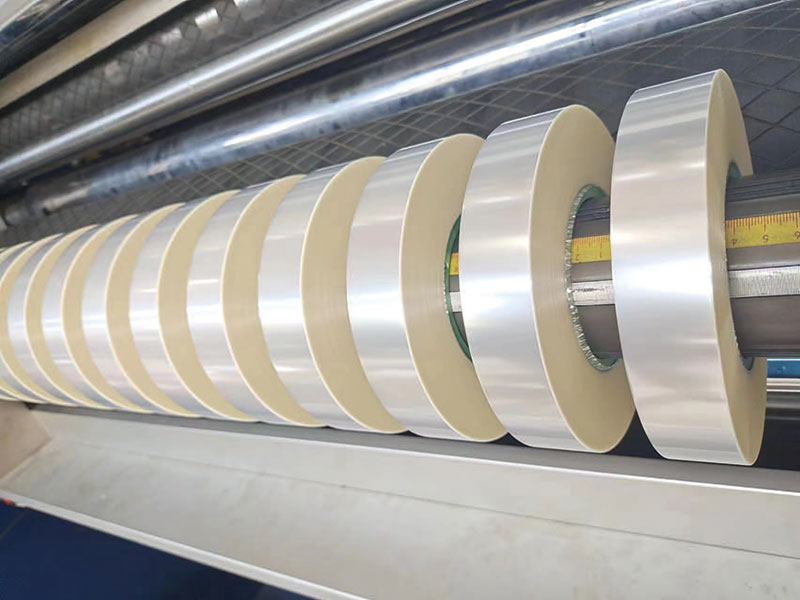
1. Causes and solutions of winding and relaxation
1. Root cause analysis
• Tension attenuation: The tension is not dynamically adjusted with the increase of the winding diameter during the winding process, resulting in the outer film not compacting the inner layer.
• Material properties: BOPP/BOPET has high elastic modulus, but is sensitive to creep and easy to rebound and relax after long-term storage.
• Process defects: improper matching of slitting speed to tension, or insufficient pressure of the winding roller.
2. Key technical measures
• Dynamic taper tension control
◦ Exponentially decaying tension curves are used to gradually decrease the tension as the coil diameter increases (e.g., initial tension 100N, taper factor 10%).
◦ Real-time calculation of the coil diameter through PLC, automatic adjustment of motor torque.
• Winding roll optimization
◦ Pneumatic constant pressure roller (pressure adjustable range 20-200N), the contact pressure increases linearly with the increase of the roll diameter.
◦ The surface of the pressure roller is coated with polyurethane rubber (hardness 60-80 Shore A) to enhance the fit.
• Anti-slip layer technology
◦ Spray nano-silica anti-slip agent (dosage 0.1-0.5g/m²) before film winding to increase the coefficient of friction between layers (from 0.3 to 0.6).
◦ Or use a microgravure coating device to coat anti-slip stripes (width 5-10mm) on the edge of the film.
• Post-curing process
◦ Heat setting treatment (50-60°C for 12-24 hours) immediately after winding to release internal stress.
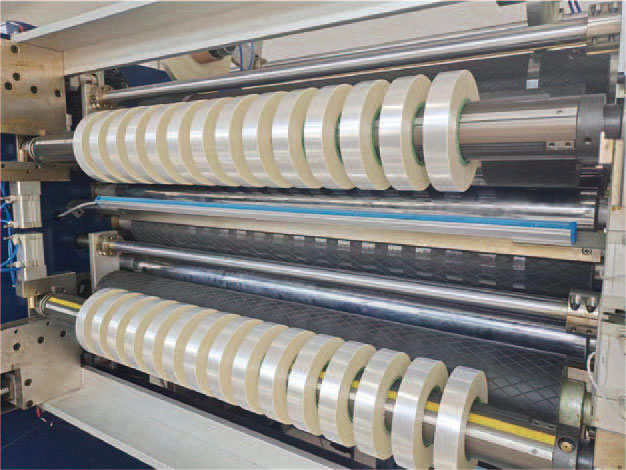
Second, the causes and solutions of edge burrs
1. Root cause analysis
• Blade passivation: Blade wear causes the film to tear during cutting instead of cutting smoothly.
• Vibration interference: The mechanical vibration of the slitting machine or the fluctuation of the film tension makes the contact between the blade and the film unstable.
• Poor material slitting adaptability: BOPP/BOPET has high crystallinity, high brittleness, and is prone to microcracks.
2. Key technical measures
• Tooling selection and maintenance
◦ Blade material: Choose diamond-coated (DLC) round blade or ceramic blade, the service life is 3-5 times longer than that of ordinary alloy knives.
◦ Cutting edge: 30° acute angle + negative rake angle (-5°) design to balance sharpness and durability.
◦ In-line sharpening: Equipped with a rotary automatic sharpening device, the knife edge is automatically resharpened every 50km of cutting (grinding volume is 0.5μm/time).
• Vibration damping and stability improvement
◦ The cutter shaft is equipped with an air bearing (radial runout < 1μm) to replace the traditional ball bearing.
◦ The base of the slitting machine is installed with an active vibration damping platform (frequency response 0.1-100Hz) to reduce external vibration transmission.
◦ Hydraulic damping turrets are used to dynamically counteract the lateral oscillation of the film (amplitude control ±within 0.2mm).
• Slitting process optimization
◦ Preheating the film: Soften the edges of the film by means of an infrared heater (40-50°C) before slitting to reduce brittleness.
◦ Speed matching: The slitting line speed is aligned with the stretching direction (BOPP recommends 300m/min ≤, BOPET ≤400m/min).
◦ Negative pressure adsorption: Set up a vacuum adsorption tank (vacuum degree -0.05MPa) below the knife edge to fix the film cutting position.
• Edge detection and feedback control
◦ Install a linear CCD camera (resolution 5 μm) to monitor edge quality in real time, and automatically adjust the tension or tool pitch when burrs are found.
◦ Burr classification AI model: Machine learning distinguishes between mechanical burrs (requiring tool adjustment) and material burrs (process parameters need to be adjusted).
3. Comparison of typical cases
| The type of question | Traditional scenario | Optimize the solution | Improved performance |
| Winding relaxation | Constant tension winding | Taper tension + constant pressure of the pressure roller | Rewinding hardness (Shore D) increased from 45 to 60 |
| Edge burrs | Ordinary alloy knives | DLC coated knife + in-line sharpening | The burr height was reduced from 50 μm to <5 μm |
Fourth, the future direction of technology
1. Laser slitting technology
◦ Replace the mechanical knife with a UV laser (355nm) to achieve contactless cutting and completely avoid burrs (the problem of BOPP absorption rate of laser must be solved).
2. Digital Twin Forecasting
◦ Thin film microstructure simulation can be used to predict the influence of slitting parameters on edge quality.
3. Self-healing thin film coating
◦ Thermoplastic polyurethane (TPU) is applied to the edge of the film, and heated after cutting to self-heal edge defects.
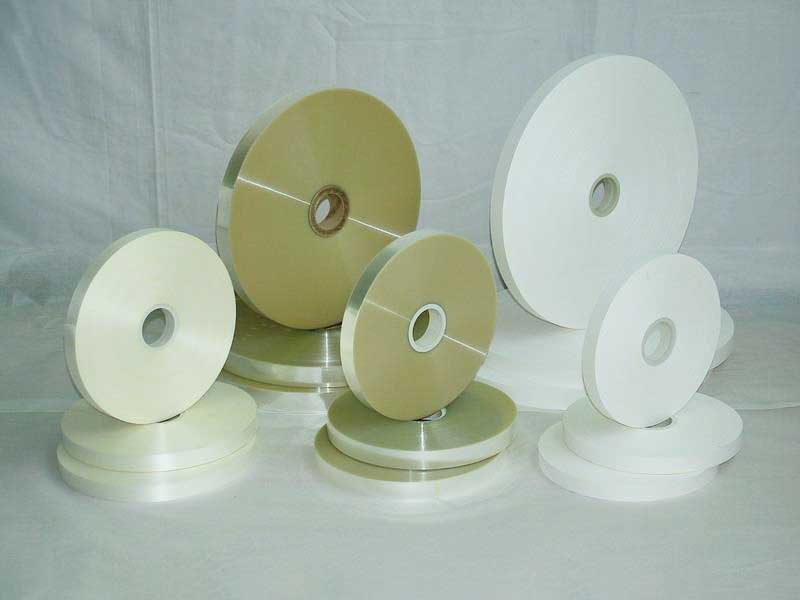
summary
To solve the problem of BOPP/BOPET slitting, it is necessary to "combine rigidity and flexibility":
• Rigid control: high-precision tension system, super-hard tool, vibration damping design to ensure stability;
• Flexible adaptation: Dynamically adjust process parameters (e.g. temperature, speed) according to material properties.
It is recommended that enterprises give priority to upgrading the tension control system and tool module, and at the same time establish a slitting defect database to continuously optimize through data-driven.



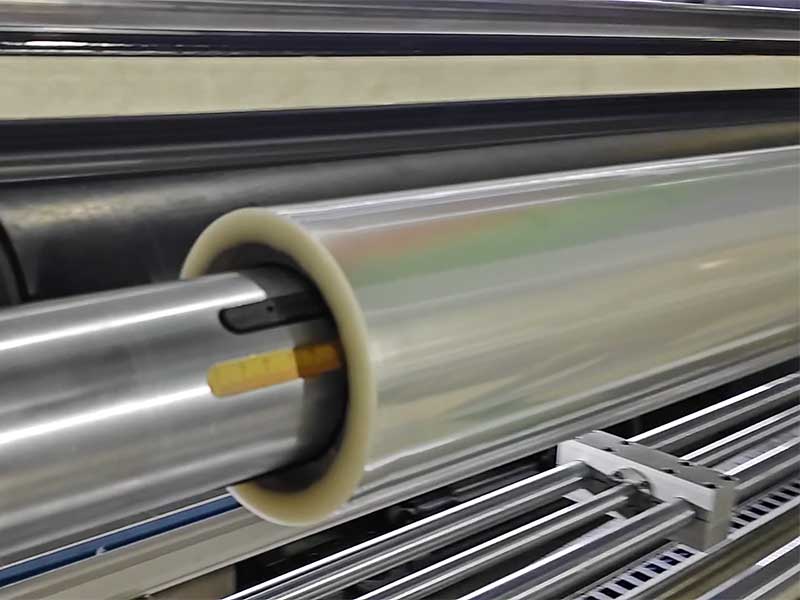
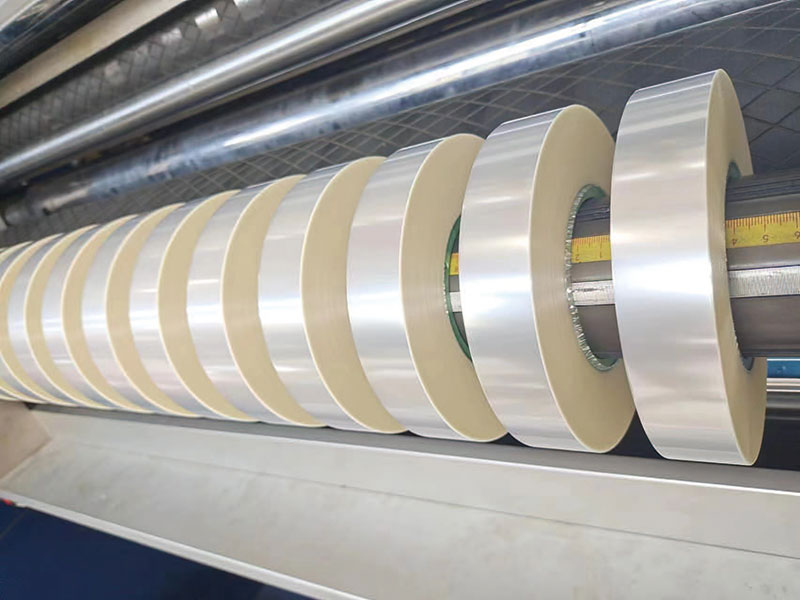
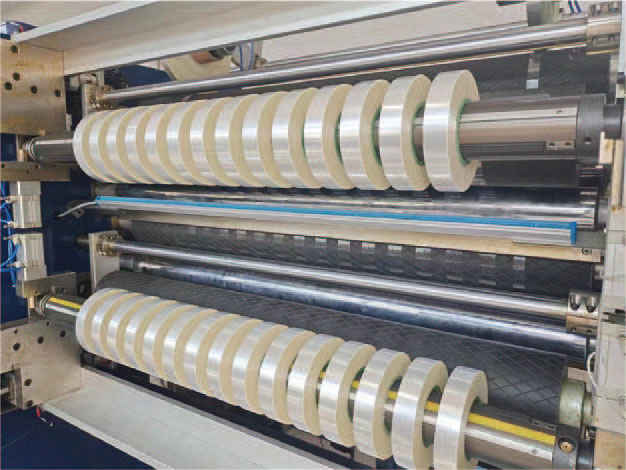
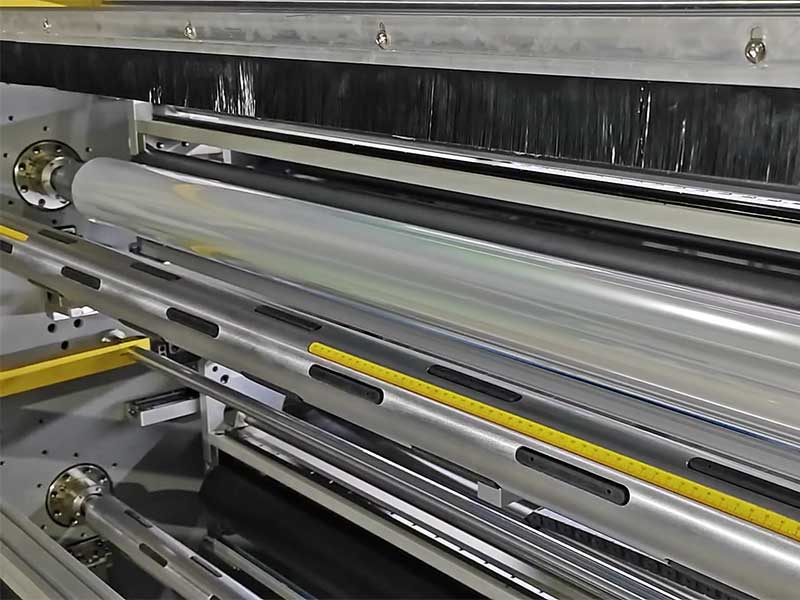
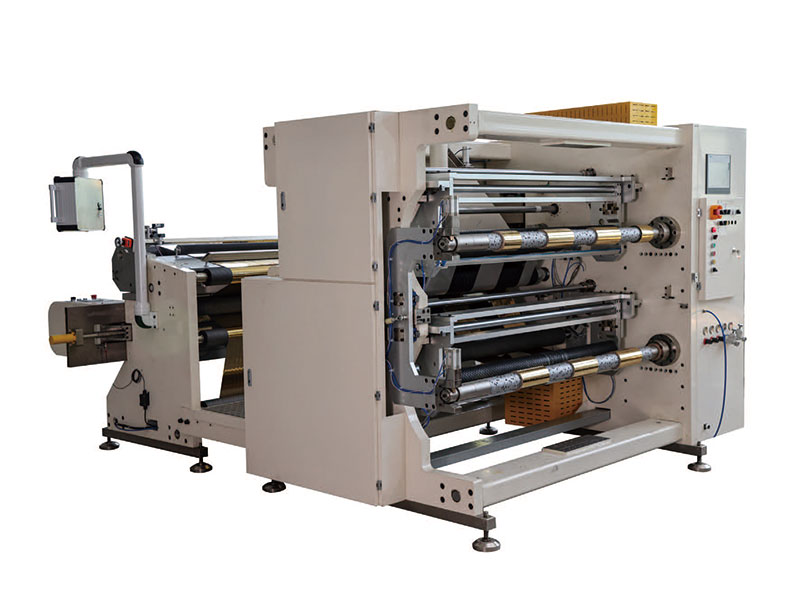 1400mm Hot Stamping Foil Slitting Machine
1400mm Hot Stamping Foil Slitting Machine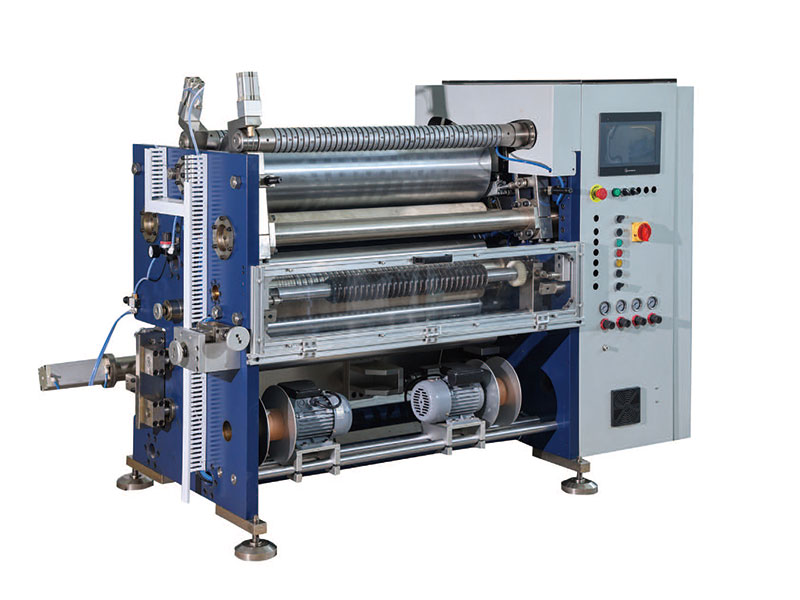 800mm Hot Stamping Foil Slitting Machine
800mm Hot Stamping Foil Slitting Machine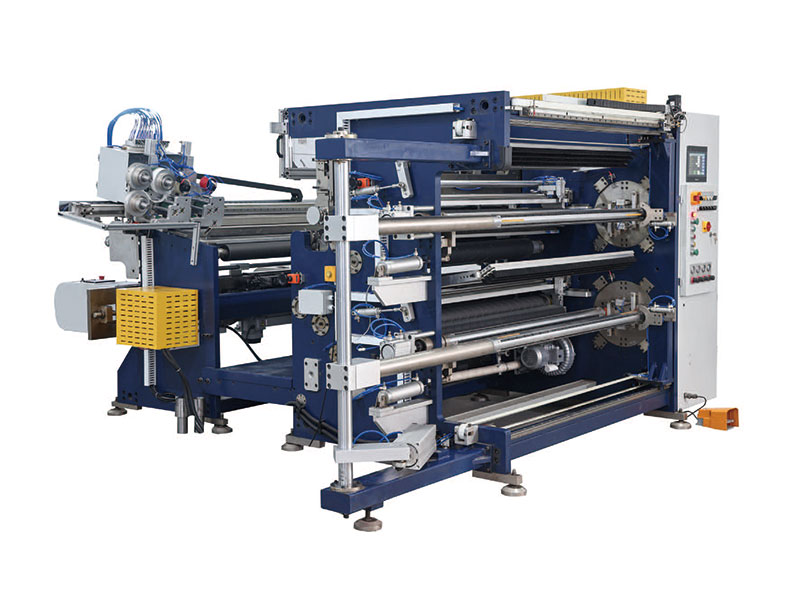 1350mm Hot Stamping Foil Slitting Machine
1350mm Hot Stamping Foil Slitting Machine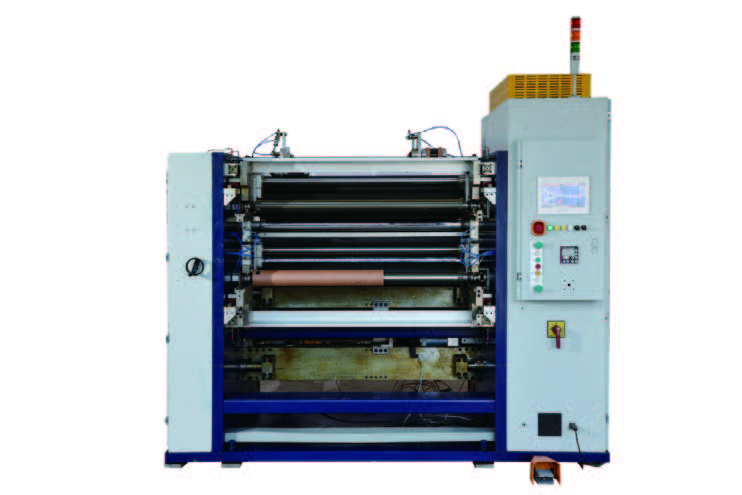 New Energy Ultra-thin Film Slitting Machine For Capacitive Film
New Energy Ultra-thin Film Slitting Machine For Capacitive Film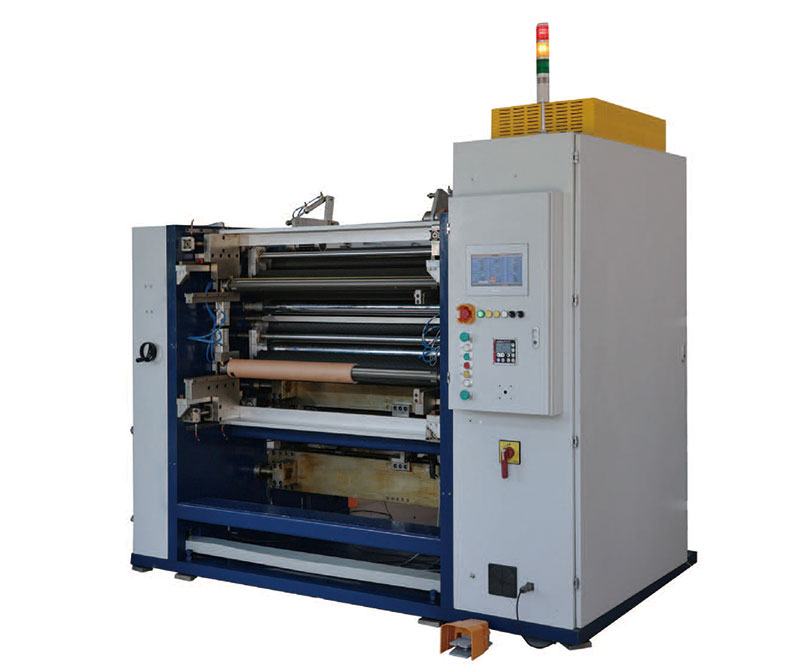 New Energy Ultra-thin Film Slitting Machine For MOPP
New Energy Ultra-thin Film Slitting Machine For MOPP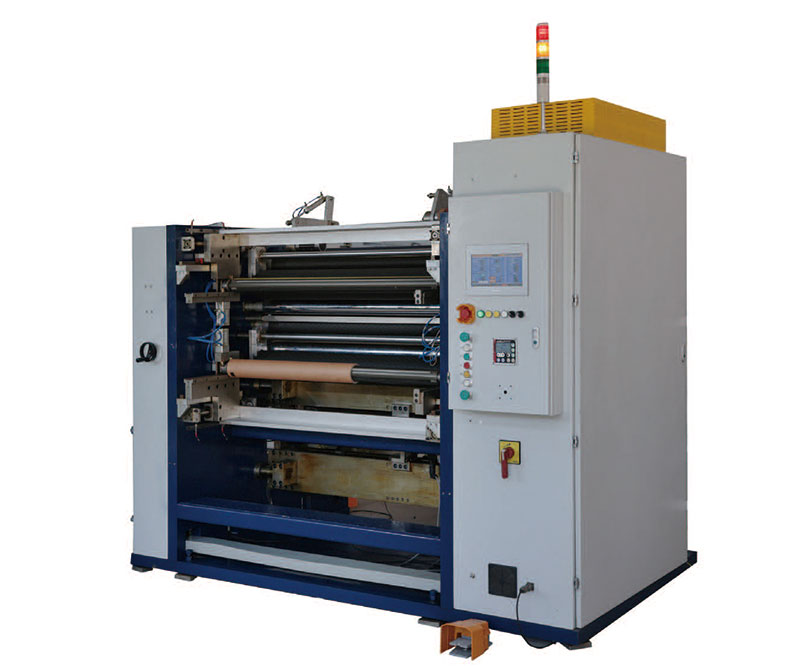 New Energy Ultra-thin Film Slitting Machine For MPET
New Energy Ultra-thin Film Slitting Machine For MPET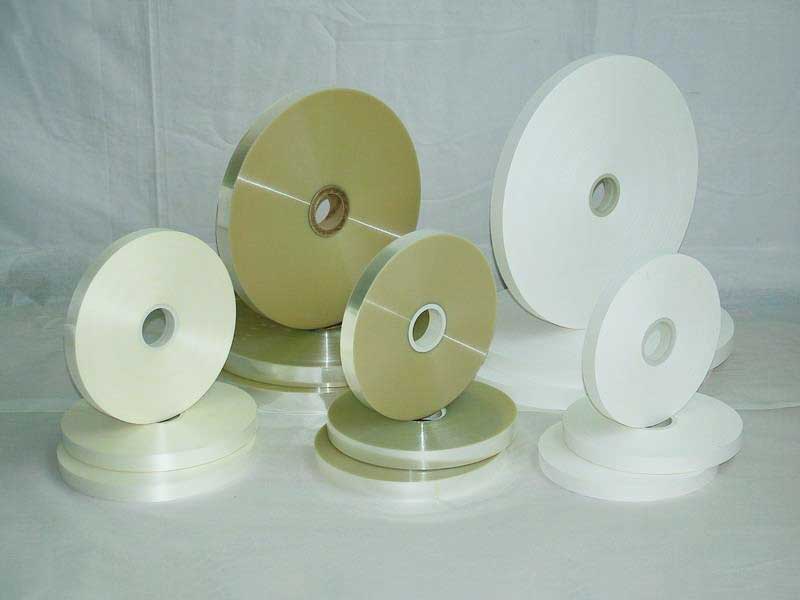 Film Slitting Machine
Film Slitting Machine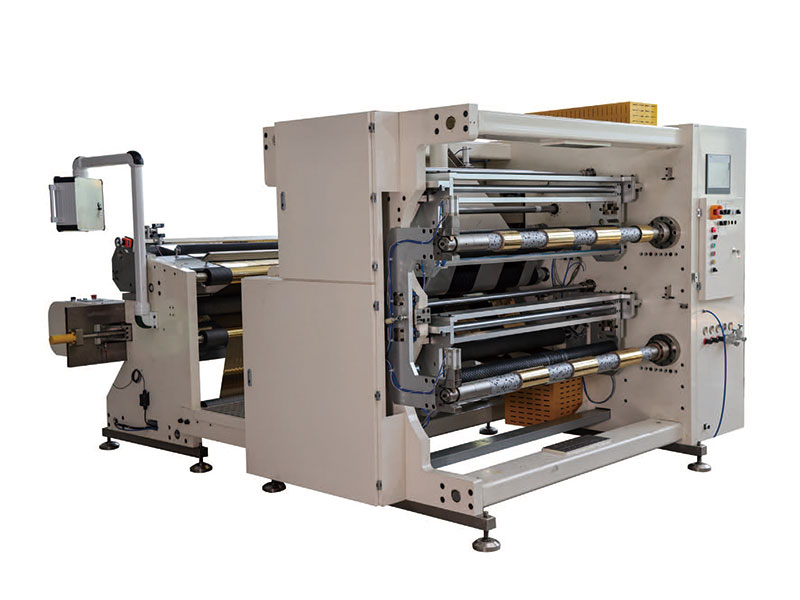 1400mm Copper Foil Slitting Machine
1400mm Copper Foil Slitting Machine

